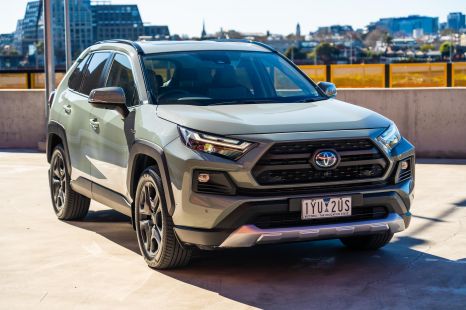

Marton Pettendy
Toyota Australia recalls almost 70,000 vehicles including RAV4 Hybrid
2 Months Ago
Breaking Toyota’s modus operandi of producing safe, palatable cars for the mass market, the original Toyota C-HR turned the humble Corolla into a futuristic, exciting crossover with immediate payoff.
Toyota sold 53,271 first-generation cars in Australia; the second coming is made of the same stuff. With two-tone paint, sharp edges, and a low-sloping roofline, the new car looks genuinely sporty.
Nonetheless, the price has gone up substantially as well. Why you ask? One reason pricing for the C-HR has climbed so much when compared to the pre-update model is this new-generation model is now sourced from Turkey – which means it attracts import tariffs that don’t affect the outgoing, Japanese-made model.
C-HR GXL and Koba variants feature a 1.8-litre unit, while the GR Sport has a more powerful 2.0-litre setup with all-wheel drive. The 1.8-litre hybrid drivetrain in the GXL and Koba, shared with the Corolla, produces 103kW, up 15 per cent on the 90kW you get in the outgoing model. Meanwhile, the GR Sport gets 145kW of power and all-wheel drive thanks to an extra electric motor on the rear axle.
Quickly see how this car stacks up against its competition. Select any benchmark to see more details.
Where expert car reviews meet expert car buying – CarExpert gives you trusted advice, personalised service and real savings on your next new car.
| Configuration | Price From* |
|---|---|
| 1.8L, Automatic, 5-door SUV, Petrol, FWD | $42,990 |
| 1.8L, Automatic, 5-door SUV, Petrol, FWD | $45,440 |
| Configuration | Price From* |
|---|---|
| 1.8L, Automatic, 5-door SUV, Petrol, FWD | $49,990 |
| 1.8L, Automatic, 5-door SUV, Petrol, FWD | $52,390 |
| Configuration | Price From* |
|---|---|
| 2.0L, Automatic, 5-door SUV, Petrol, 4x4 | $54,990 |
| 2.0L, Automatic, 5-door SUV, Petrol, 4x4 | $57,390 |
Where expert car reviews meet expert car buying – CarExpert gives you trusted advice, personalised service and real savings on your next new car.
See our comprehensive details for the Toyota C-HR
Cargo capacity differs slightly between variants. The 2WD GXL and Koba quote 388-1155L, while the AWD GR Sport drops that slightly to 362-1134L – keep in mind the GR-S has a second electric motor under the boot floor.
Where expert car reviews meet expert car buying – CarExpert gives you trusted advice, personalised service and real savings on your next new car.
CarExpert High Resolution Photos of the Toyota C-HR
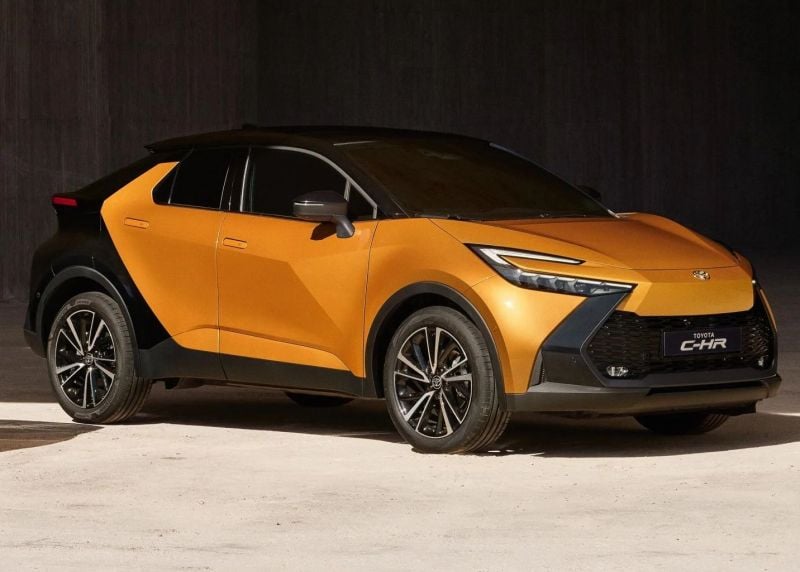
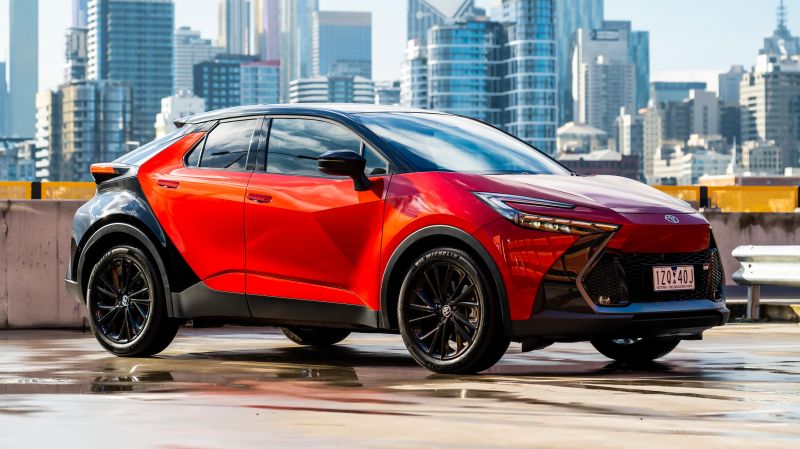

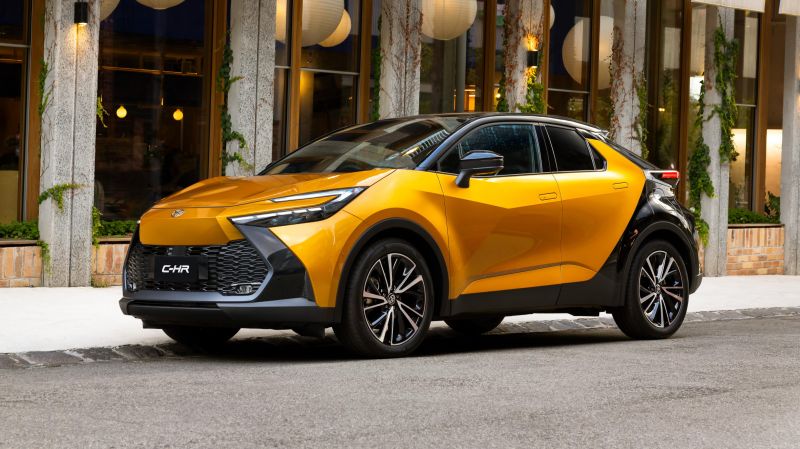
The Toyota C-HR stands out from some of its more utilitarian counterparts with a cabin that feels anything but dreary. Its design is modern and appealing, borrowing high-end features from more expensive models and incorporating them into a compact space. As the original model blurred the lines between Toyota and its luxury Lexus brand, the current C-HR continues to offer a premium feel, especially when compared to models like the RAV4 or Corolla Cross.
All variants are equipped with high-resolution 12.3-inch displays for the central touchscreen, running Toyota’s latest interface with comprehensive connectivity and online services. The base GXL features a 7.0-inch digital instrument cluster, while the Koba and GR Sport come with Toyota’s flagship 12.3-inch digital cockpit. These features create a sleek, driver-focused cabin, enhanced by the standard colour head-up display in the Koba and GR Sport, which shows speed, assistance features, and more.
The interior design, with its sweeping dash and cockpit-style layout, gives a sporty impression. Across all variants, the seats are comfortable and highly adjustable, and the materials used feel premium, with an eco-conscious touch. Toyota has ensured that the woven textile upholstery is made from 100 per cent recycled materials, while the suede components in the Koba and GR Sport models consist of 45 per cent recycled materials, with PET bottles playing a significant role in this composition.
In the higher-spec Koba and GR Sport, bucket-style sports seats with integrated headrests, power adjustment for the driver, and heating add a layer of comfort and sophistication. The front seats across all models provide good support, with easy adjustments for both seats and the steering wheel.
Practicality is well-considered, with decent storage options such as bottle holders in the door bins—though larger bottles may not fit—and a secure phone holder that doubles as a wireless charger in the Koba and GR Sport. A spacious cubby under the centre armrest and an additional shelf ahead of the front passenger offer further convenience.
The build quality is solid throughout the cabin, with buttons and controls that feel durable and well-made. Toyota's decision to retain physical switchgear for most controls is a welcome choice, adding to the overall user-friendliness.
However, the second row is less impressive, given the C-HR’s coupe-like styling. It is adequate for shorter trips but may not suit taller passengers, particularly behind taller drivers, as leg and knee room are somewhat restricted. The rising shoulder line also limits the view for shorter passengers. Amenities in the rear are limited, with only cupholders in the doors and no fold-down centre armrest, rear air vents, or map pockets.
ISOFIX and top-tether points are included for child seats, and the Koba and GR Sport variants also feature a USB-C charging port in the rear of the centre console.
Cargo capacity varies slightly between models. The 2WD GXL and Koba offer between 388-1155 litres, while the AWD GR Sport reduces this slightly to 362-1134 litres due to the second electric motor under the boot floor. Only the base GXL includes a space-saver spare wheel, while the Koba and GR Sport are equipped with a tyre repair kit instead.
All models feature high-resolution 12.3-inch displays for the central touchscreen, running Toyota’s latest interface and fully featured in terms of connectivity and net-based services. The base GXL gets a 7.0-inch digital instrument cluster, while the Koba and GR Sport get Toyota’s flagship 12.3-inch digital cockpit.
It all looks and feels swish, and it’s presented in a cabin that’s quite driver-focused and nicely trimmed, especially compared to something like a RAV4 or Corolla Cross which are noticeably more utilitarian. Another nice touch is the colour head-up display standard on the Koba and GR Sport, which can be configured to show speed, assistance features and the like.
The sweeping dash and cockpit-style design also give off a sporting feel, and regardless of variant you get comfortable seats, heaps of adjustment, and premium-feeling materials which all have at least partial recycled properties.
There are 2 different fuel economy figures for the Toyota C-HR
The most fuel efficient Toyota C-HR is the GXL with a 1-speed Automatic which is powered by a 1.8L MULTI-POINT INJECTION and uses 4L of unleaded per 100km on the combined cycle.
| Toyota C-HR | Fuel Type | Combined |
|---|---|---|
| 1.8L, Automatic, 5-door SUV, Petrol, FWD | Unleaded | 4.0 L/100km |
What are the running and servicing costs of a Toyota C-HR?
The C-HR is covered by Toyota’s five-year, unlimited-kilometre new vehicle warranty.
Further, Toyota offers an additional two years of engine and driveline warranty if you stick to your vehicle is “properly serviced and maintained as per the Warranty and Service book”, and will guarantee the hybrid battery for up to 10 years under the same maintenance conditions.
Five years of capped-price servicing is offered too, with intervals of 12 months or 15,000 kilometres – whichever comes first. Each visit costs $250, totalling $1250 for the first five years of ownership.
Just one year of Toyota Connected Services is included with purchase, with monthly paid subscriptions required after that initial 12-month period for various net-based features.
Our expert take on Toyota C-HR drivability.
The latest Toyota C-HR, built on the TNGA platform, offers an even more refined and balanced driving experience than its predecessor. During the launch drive, which included inner-city streets, suburban traffic, highways, and winding B-roads through Victoria’s eastern corridor, the C-HR demonstrated its versatility and capability.
The mid-spec Koba model, powered by an upgraded 1.8-litre hybrid system, delivers 103kW—14 per cent more power than the previous model. This increase in performance is due to a new hybrid transaxle, power control unit, and a larger lithium-ion battery pack, replacing the old nickel metal hydride unit. The additional power is particularly noticeable in everyday driving, with improved electric assistance at regular speeds and stronger acceleration when entering freeways. The more energy-dense battery also allows the C-HR to spend more time in EV mode.
While the C-HR is not designed for high-performance driving, it excels in delivering a smooth and efficient ride, especially when driven with fuel economy in mind. A useful display in the instrument cluster shows the percentage of driving in EV mode, with the Koba regularly achieving 60 to 80 per cent EV usage. On the highway, the C-HR maintains a stable and composed ride, with a full suite of active safety features to assist on longer journeys. Toyota's semi-autonomous highway assistant effectively maintains lane position and a safe distance from other vehicles, although it can occasionally be overly cautious when reacting to vehicles merging into the lane.
All C-HR models come standard with blind-spot monitoring and rear cross-traffic alert, essential given the coupe-like styling and large C-pillars. These systems integrate with the ambient lighting, which glows red when a vehicle is detected, enhancing the Safe Exit Assist feature.
The Koba and GR Sport models both offer excellent ride and handling, maintaining the fluid and accurate steering that made the previous generation so enjoyable to drive. Whether navigating city streets, highways, or winding roads, the C-HR has an upmarket, European feel. The chassis is well-balanced, providing precise handling and a smooth ride in various driving conditions. However, while the vehicle's dynamics are strong, both hybrid drivetrains lack the level of engagement found in competitors like the Volkswagen T-Roc, particularly on high-speed roads.
The continuously variable transmission (CVT) in the C-HR, despite Toyota's claims of seven simulated gears, lacks the driving engagement of a dual-clutch automatic transmission found in rival vehicles. The GR Sport, while offering additional power from its 2.0-litre hybrid system and electrified all-wheel drive (AWD), still falls short of the performance offered by vehicles like the Hyundai Kona N Line 1.6T or the T-Roc. Notably, the GR Sport lacks paddle shifters, which further limits driver control.
While the GR Sport provides a welcome power boost, especially with the additional rear electric motor, the 2WD hybrid variants, particularly the GXL and Koba, offer a more affordable and similarly enjoyable driving experience. Both the Koba and GR Sport models achieve impressive fuel efficiency, returning figures around 5.0L/100km, despite varied driving conditions, including extended freeway stints and more dynamic driving. In urban settings, the Koba managed to achieve fuel consumption in the high 3.0s to low 4.0s, reflecting its potential in real-world scenarios. The entire range is equipped with a 43-litre fuel tank, which runs efficiently on 91 RON unleaded fuel.
Refinement is a strong point in the C-HR, with the Koba and GR Sport maintaining a quiet cabin, even when driving over rougher road surfaces. While some tyre noise is noticeable, the overall sound insulation is effective, and the eight-speaker JBL premium audio system in both models provides a high-quality listening experience. Engine noise is also subdued compared to other Toyota hybrids, though the distinctive rumble of the Atkinson cycle engines serves as a reminder that the C-HR is best driven at a relaxed pace for optimal comfort and efficiency.
What is the warranty on a Toyota C-HR?
The Toyota C-HR offers a 5 year unlimited km warranty. This is separate to the warranty on offer under Australian Consumer Law which can be greater for certain parts based on what is deemed as a reasonable period of time.
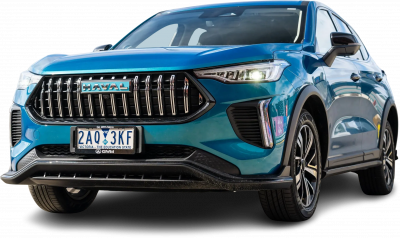
Haval Jolion

EX5
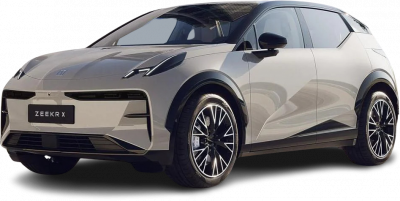
X
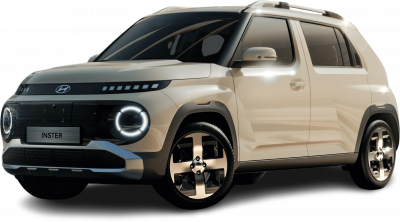
Inster

Formentor

Jimny
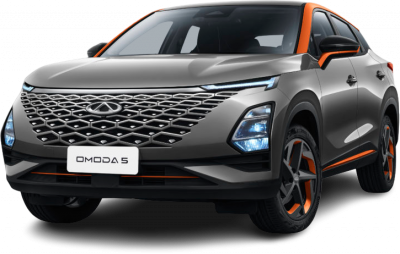
Omoda 5
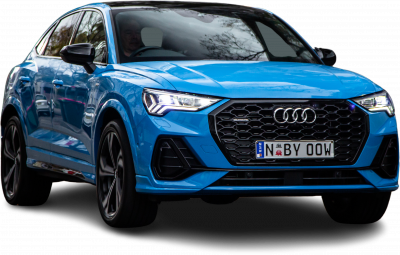
Q3
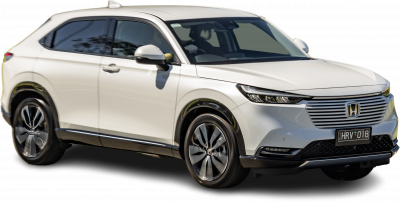
HR-V

T-Roc
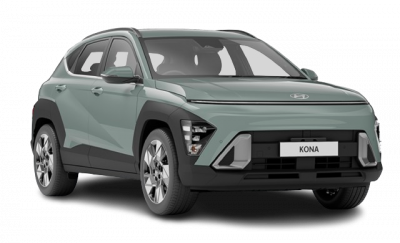
Kona
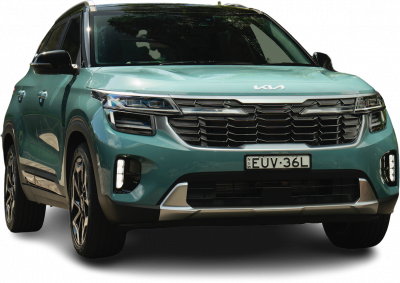
Seltos
Can’t see the car you’re considering?
Is this the right car for you? Out experts buy or not guide.
With its concept car-inspired design, efficient drivetrains, and a well-rounded range of variants equipped with competitive features, the second-generation C-HR crossover coupe builds on the strengths of its predecessor. While prices have increased substantially, this reflects both the competitive pricing of the previous model and the enhancements in equipment and technology across the range. When considering the hybrid options and added features, the C-HR remains a compelling option within an increasingly expensive segment.
Many competitors from other Asian brands now operate in a similar price range, particularly with respect to the GXL and Koba variants. The C-HR also offers a more distinctive and premium feel compared to the related Corolla Cross, even though both share the 2.0-litre hybrid option across all variants.
The upscale cabin design, premium finishes, and sporty bucket seats contribute to the C-HR’s high-end appearance and feel. While the Lexus UX is also notable for its design, its recent price positioning places even the entry-level model in line with the C-HR GR Sport.
Among the variants, the Koba stands out as a strong choice. Positioned between the GXL and GR Sport in terms of price, it offers key tech and convenience features, and is available with customisable Two-Tone Plus paint options, adding to its appeal.
The reception of the new C-HR in Australia remains to be seen, but its bold design and extensive exterior personalisation options set it apart in the market. For those considering a high-spec Corolla Cross Hybrid or even a RAV4 Hybrid but without the need for extra space, the C-HR presents an appealing, stylish alternative without requiring a leap into the premium SUV segment.
Despite the higher initial cost, the C-HR benefits from low running costs and Toyota's reputation for long-term reliability, providing added peace of mind that may not be found in other style-driven competitors
Where expert car reviews meet expert car buying – CarExpert gives you trusted advice, personalised service and real savings on your next new car.
The cheapest Toyota C-HR is the GXL that starts from $42,990.
The most expensive Toyota C-HR is the GR Sport that starts from $57,390.
The best towing capacity of a Toyota C-HR is 725 kg offered by the following variants: GXL, Koba and GR Sport.
The largest Toyota C-HR is the Koba which measures 1832mm wide, 4362mm in length and sits 1564mm tall.
The most powerful Toyota C-HR is the GR Sport which has 146kW of power from its 2.0L MULTI-POINT INJECTION engine.
The Toyota C-HR is built in Turkey and shipped to Australia.
The heaviest Toyota C-HR is the GR Sport which weighs 2015 kg (kerb weight).
The Toyota C-HR uses unleaded.